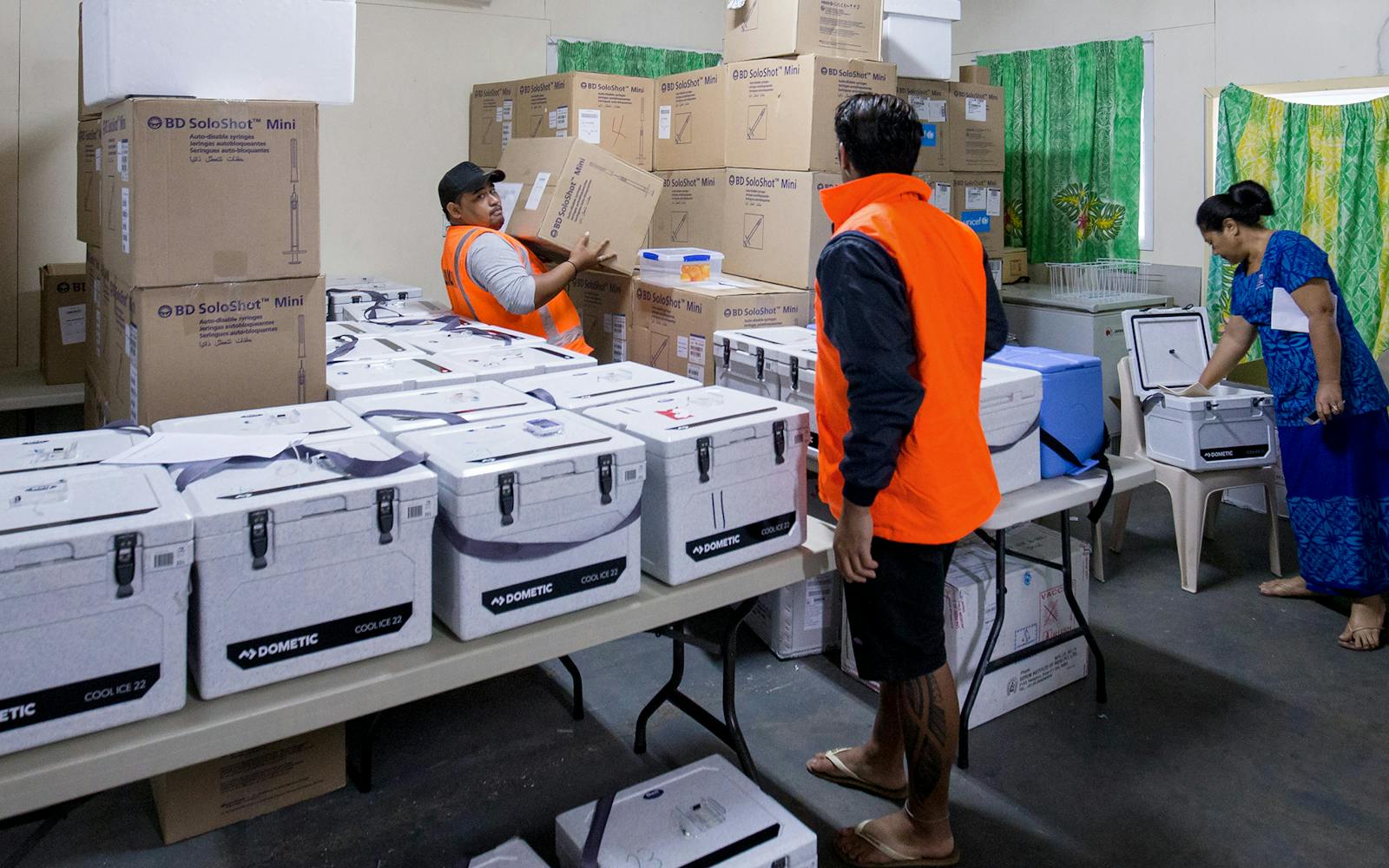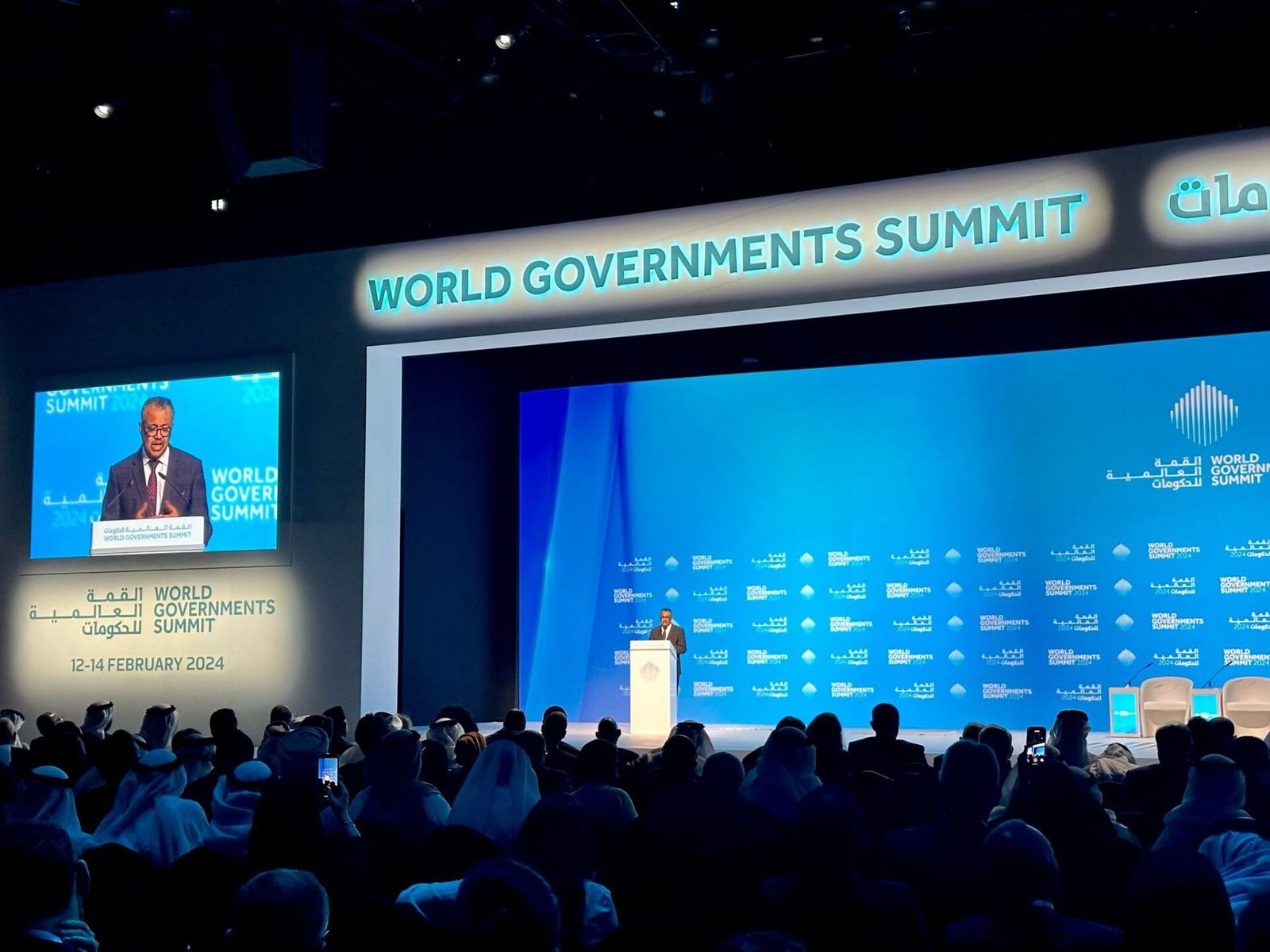To avoid the reoccurrence of another pandemic like COVID-19, there are negotiations underway at the World Health Organization (WHO) called the Pandemic Accord, with a set date of May 2024. It is being designed to be adopted by the United Nations health agency’s 194 member countries.
The World Health Organization’s Director-General Tedros Adhanom Ghebreyesus reminds he predicted the development of a potential pandemic in 2018.
“Today I stand on the same stage, in the aftermath of COVID-19, with millions of people dead, and social, economic and political shocks that reverberate to this day, and still the world is not prepared for a pandemic,” he said.
Six years later, the world is still reeling from the aftermath of the COVID – 19, however, there still are cases that are reported albeit on a much smaller scale. This raises the question of what could be done next to prevent a global health catastrophe.

Pandemic Accord
The Coronavirus proved to the world that nobody is safe from a health catastrophe when it occurs and that it is paramount to deal with a pandemic with a coherent framework that the globe can abide by. COVID-19 also shed light on the instability in the international society, and how it responded to a pandemic.
With the events that led after the pandemic, the international community convened in December of 2021 to draft an international agreement, which was to be called the Pandemic Accord or Pandemic Treaty, which would guide countries in defining rules and norms on how another pandemic can be prevented in the future.
Since the inception of this agreement, the Member States of the newly devised Intergovernmental Negotiating Body (INB) have shared ideas on what a legal agreement such as the Pandemic Accord could achieve.
Moreover, the conceptual zero draft puts forth a detailed vision that addresses the concept of prevention, preparedness, and response and obligations to deal with the possibility of a pandemic in the future.
Pandemic Accord’s plan on pandemic prevention, preparedness and response
Some of the new goals and aims of the Pandemic Treaty include fostering resilience toward pandemics, holding up prevention, detection, and response against the onset of a pandemic, make sure that countermeasures against a pandemic are in place.
Other initiatives, actions, and measures are also considered to make the world a safer place to live in. This includes the International Health Regulations, along with worldwide institutions and systems that are working effortlessly to work equally on health technologies, information, and expertise.
Also Read: UNSC Mission evaluates peace progress in Colombia
Will Pandemic Accord empower WHO to mandate vaccinations worldwide?
It is pertinent to note that a treaty developed and put forward by the World Health Organization meant to tackle a potential future pandemic would not control governments and coerce its citizens into vaccinating themselves.
According to a rough draft, the treaty endows governments to determine an independent approach toward public health.
Furthermore, according to Lawrence Gostin, a Georgetown Law professor, claims “The treaty would seek global cooperation in preventing and responding to a pandemic, but it does not dictate to any country how it should incorporate it as domestic health policy. In particular, the WHO does not gain any powers over states.”
Additionally, the Pandemic Treaty would allow countries to shape goals and opportunities toward enhanced transparency and cooperation between countries on aspects that are essential to a global response. Governments would also be encouraged to go along with procedures on reporting and accountability.



